Level of Ice
In the early 1900's, Arctic glaciers were nature's most mysterious and undiscovered wonders. Over 100 years of research, exploration, and exploitation later, the glaciers have become a haunting testament to the effects of climate change. Christian Åslund, a Swedish photojournalist who works with Greenpeace, gathered some early photos of glaciers in Svalbard, Norway from the Norwegian Polar Institute, and juxtaposed them next to his own photos of the same locations from 2002.
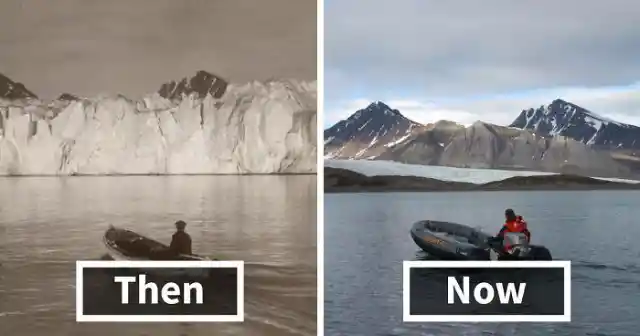
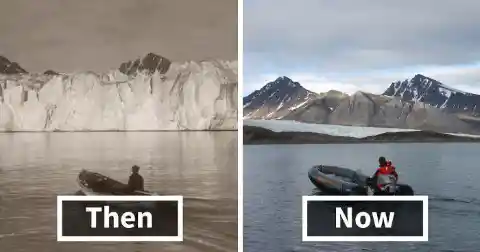
The differences were unbelievable. He's using the photo series to promote #MyClimateAction, a National Geographic campaign encouraging discussion about climate change, and as a protest against Norwegian oil companies drilling in the melting Arctic.
As indicated in the image, the amount of ice is not only staggering, but can be classified as the main component of the region. In other words, the ice severed as a building material and it is hard to imagine what the region will look like without it.
Terrain deformation
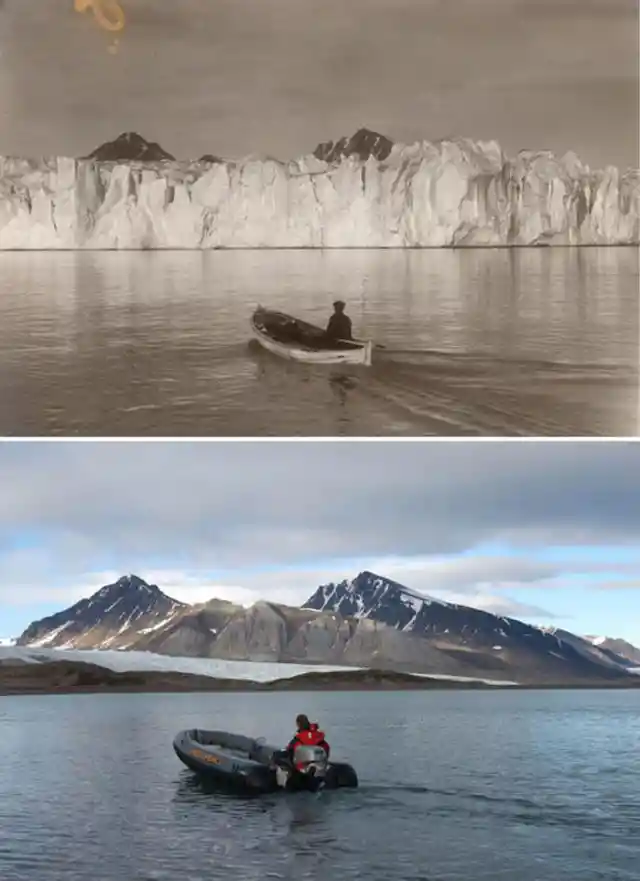
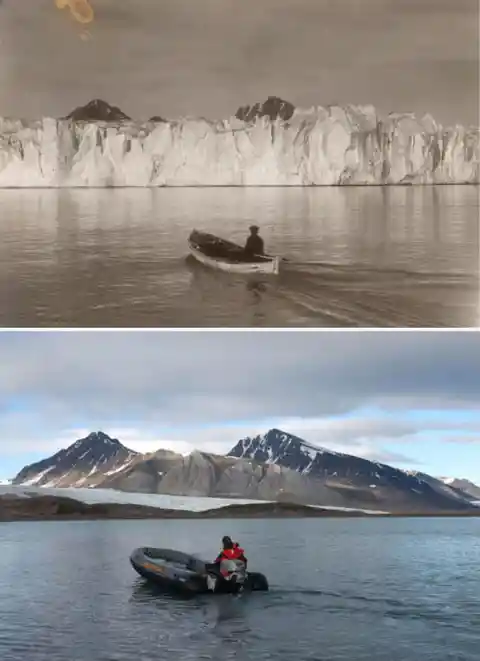
However, over the years, the level of ice density significantly decreased.
As seen in this picture, the terrain is technically unrecognizable. As a matter of fact, it is slowly melting into one pile.
Nature beneath
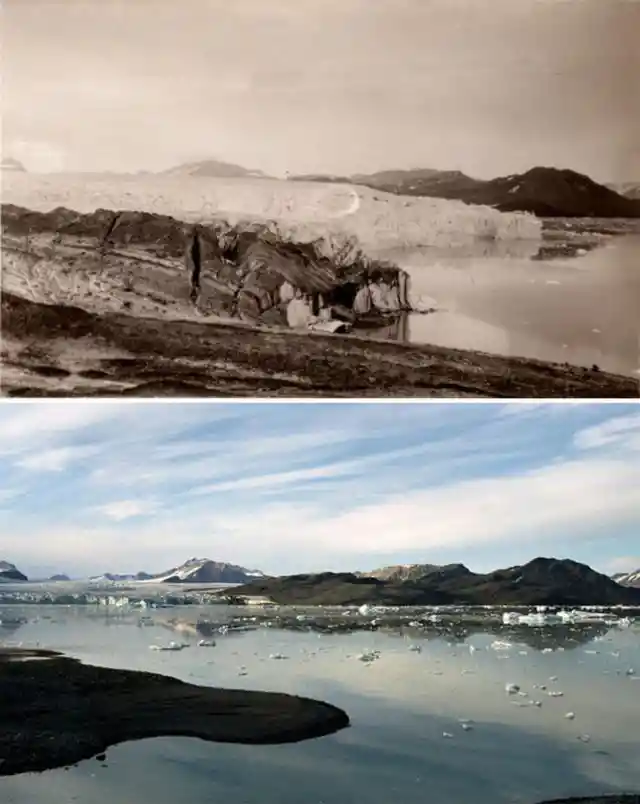
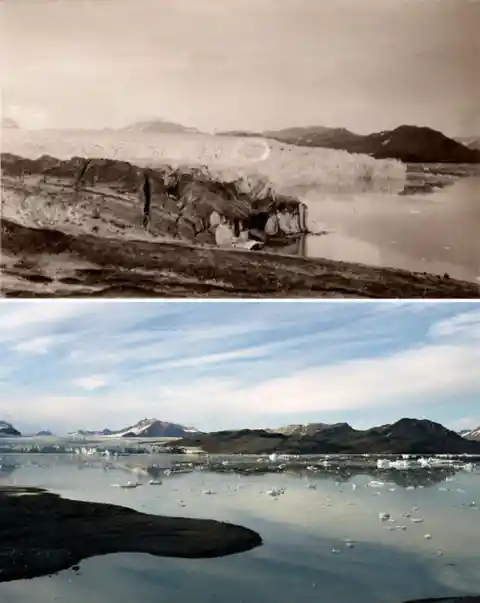
The effect of this change can have a devastating impact on the climate, as well as on certain regions.
It is common knowledge that glaciers form as a result of low level of temparature. However, as evident in the picture bellow, not all of the region is "icy".
Level of Water
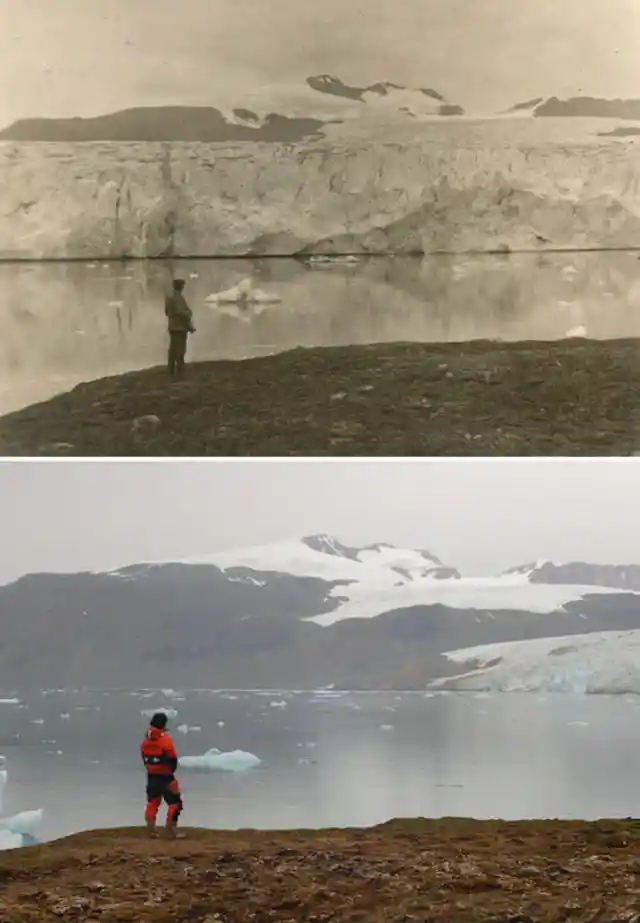
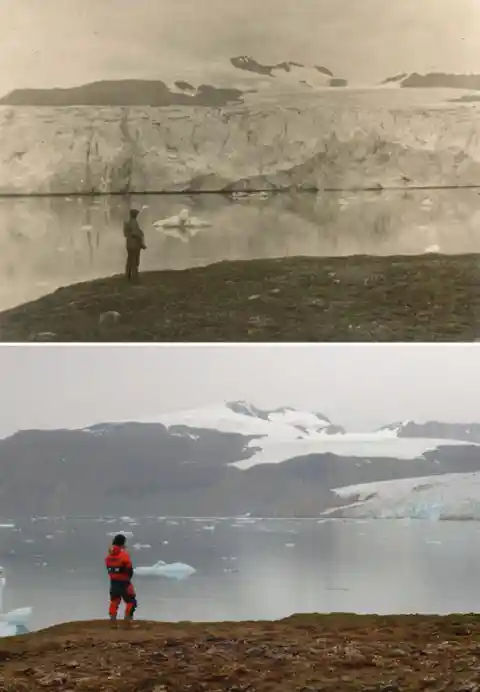
Indeed, there is flora, despite the fact that it is most likely dead.
As mentioned previously, terrain is deforming and gaining a new look. Alongside with this deformation, level of water is also increasing which in turn impacts other glaciers.
Bird View
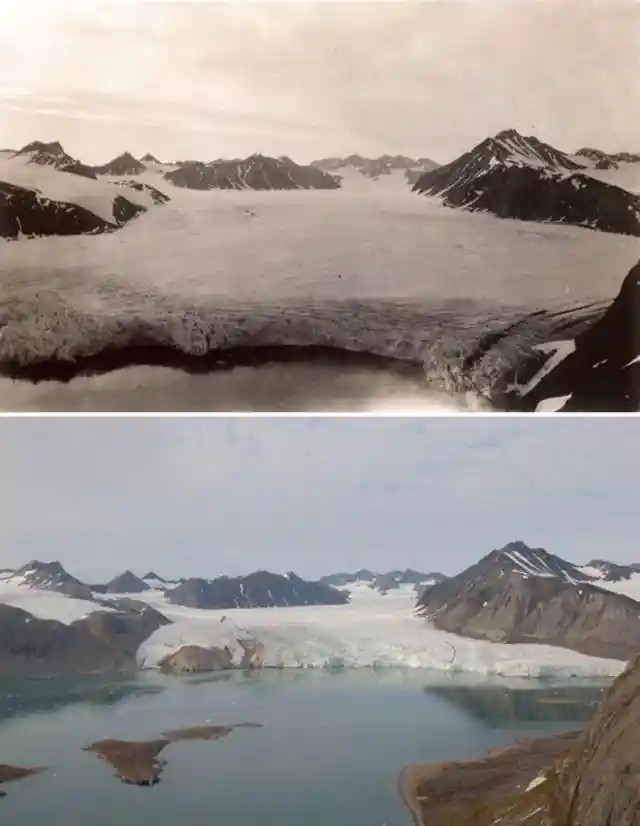
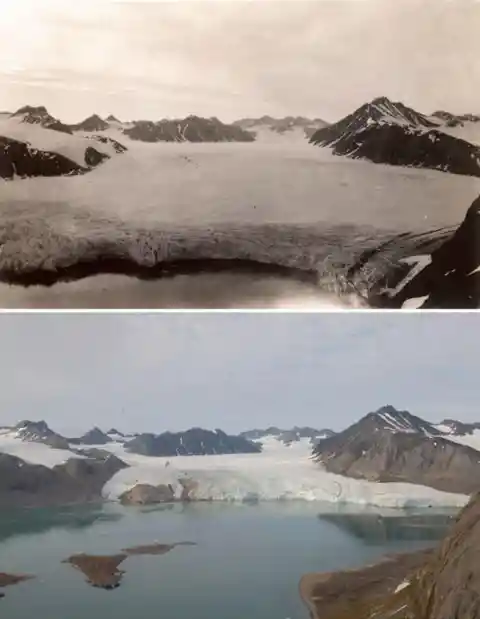
Clearly, the more the water there is, the more glaciers will most likely fall down.
This particular shot is extremely useful and informative due to the fact that it shows the scale of these changes. Indeed, the amount of water is staggering and mind boggling.
No signs of stopping
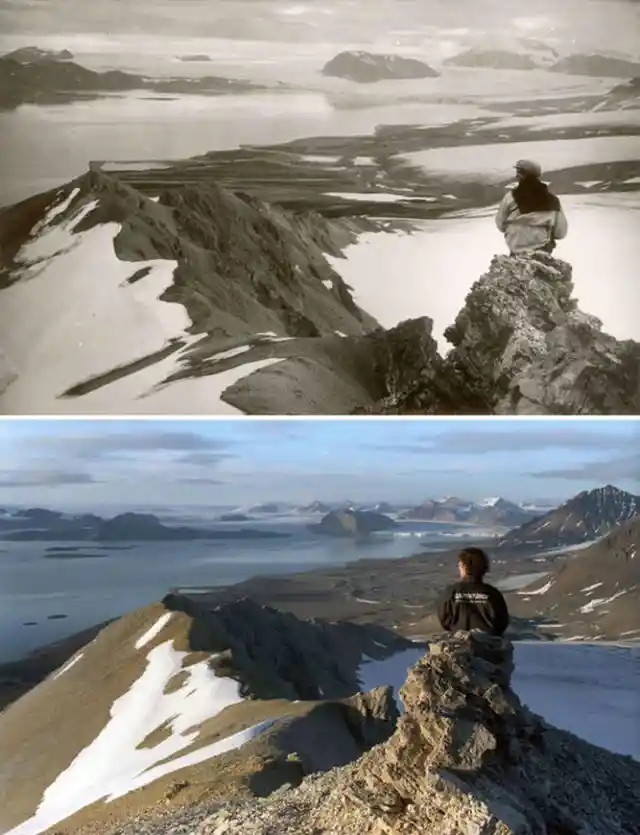
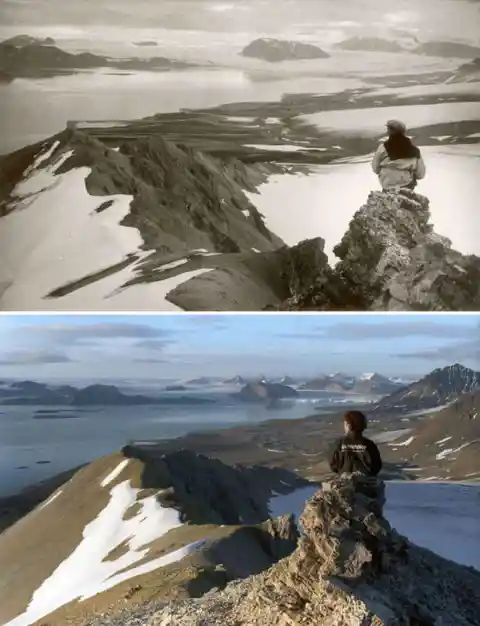
Several mountains are not only smaller, but few are missing, if looking at the shot closer.
There's nothing to be discussed here, the picture describes it all.
Last thoughts
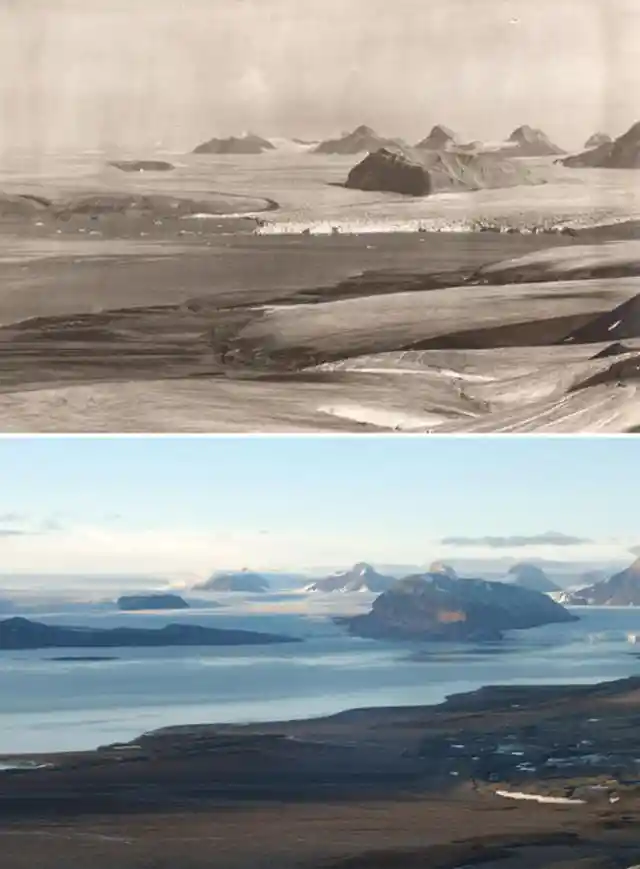
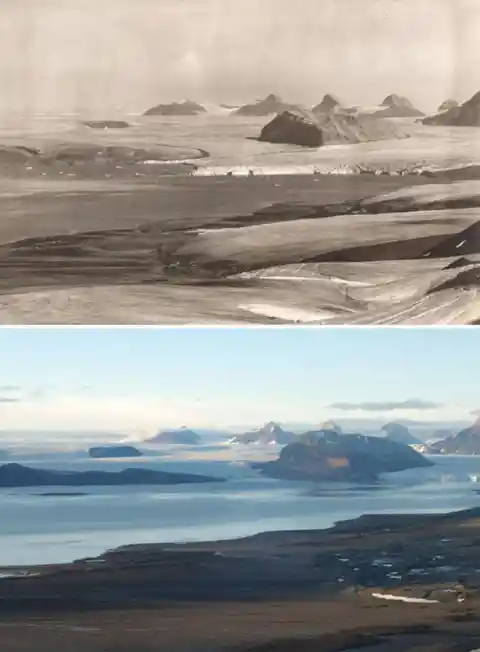
The water, the scale and the fact that there are no signs of stopping.
As the tittle suggests, the amount of water is high and despite the negativity, there are several benefits humanity can gain from this meltdown. The region is cold, although several species can live there, as well as it can be a great source of crystal clear water.
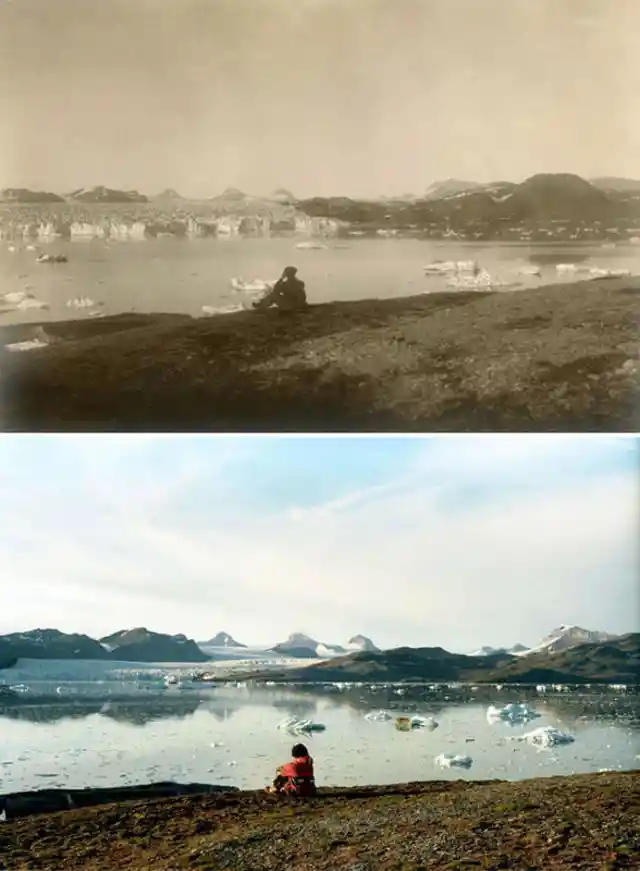
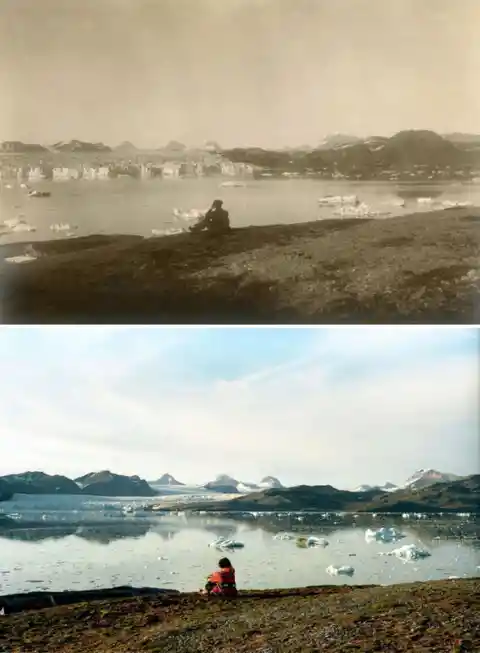
Who knows, it might be true one day.